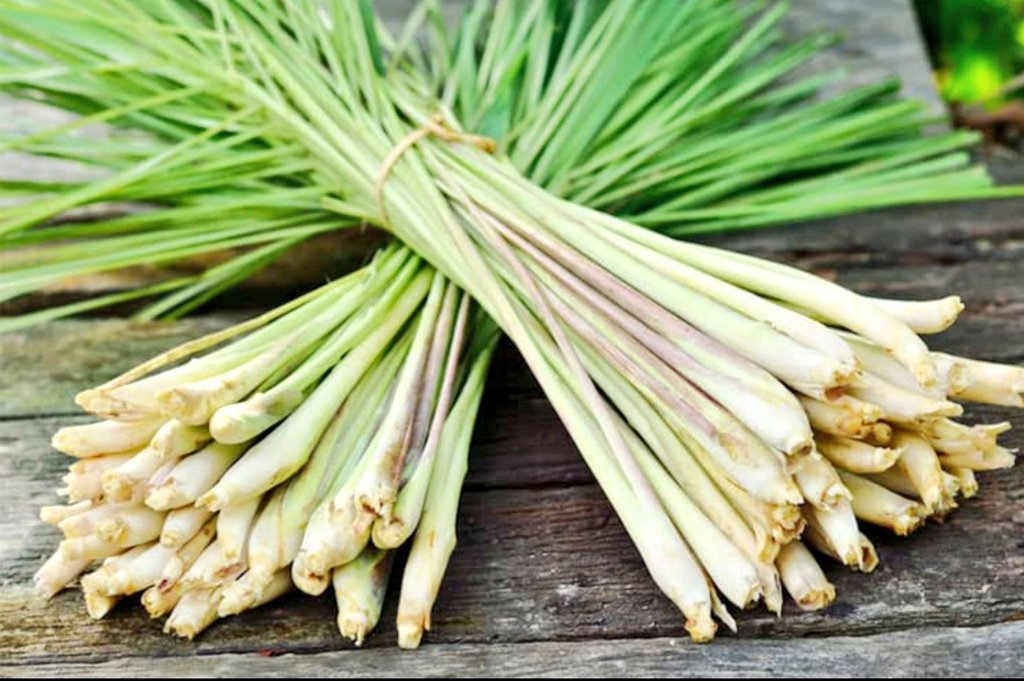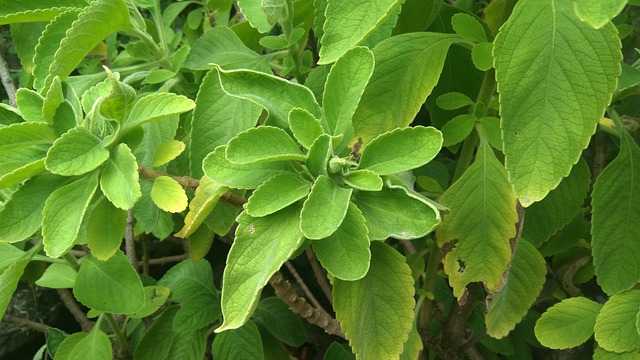Feliz día #Hivers. || Happy day #Hivers.

El papel de las plantas medicinales en tiempos de pandemia || The role of medicinal plants in times of pandemic.
English
Welcome once again to my blog. This is the first time I publish in this community that I'm starting to know and I must tell you that I like what I'm getting to know. I hope you like what I'm going to share with you. Greetings from Venezuela!
In these times of pandemic, people have known sensations unknown until now, health has taken a much more relevant role in the different family nuclei and as a result families have begun to take precautions beyond the usual biosecurity measures.
Prevention is better than regret," says my grandmother, and this is precisely something that many people have taken very seriously, especially in the Latin American region. Many families have had to resort to alternative methods to care for and protect their health, this in view of the various aggravating factors caused by the pandemic; among these methods is the use of plants with curative properties to treat conditions such as flu, allergies or fever or to strengthen the immune system against viral or infectious processes.
The use of medicinal plants is a very ancient practice in the world and, as I said before, the Latin American region is one of the pioneers in this field. It is common for grandparents and elderly people in the family to resort to medicinal plants to cure or prevent disease, the curious thing is that these methods are no longer "thing of the elderly" as was once thought; it is very common these days to find relatively young mothers and fathers who see the use of medicinal plants as a good alternative method for the health of their families, this in my opinion as a result of years of tradition and transmission of knowledge between families.
Lately it is common for families to resort to teas and infusions that according to beliefs help prevent viruses (a tendency reinforced by the fear of the new Covid-19) which is not completely certified, but what is certain is that these infusions provide the body with vitamins such as "C", which help improve the immune system; an example of this is the infusion of "Malojillo" or "Cymbopogon citratus" a plant popular in Venezuela and which is usually used as a remedy for coughs, fevers or flu.

The "malojillo" is one of the plants that historically in Venezuela is used as a medicinal plant, as I had already said, it is frequently used in infusions that are accompanied by lemon and honey, or according to the condition in question. Another plant that has become recurrent in these days is the "Quinchoncho" or "Cajanus cajan", besides being a leguminous plant that is strongly cultivated in the country its leaves are used to prepare infusions that help to decongest the respiratory tract in people with asthma, flu or allergies, its healing properties are very little proven but here comes into play a very important factor in natural medicine as faith and wisdom transmitted from generation to generation as a cultural phenomenon.
Another plant that has been catalogued as "prodigious" by some is the plant known as "Atamel" or "Peumus boldus" . It receives its common name from a well-known medicine that serves for the fever, some pains and the general malaise and it is indeed those affections those that it is believed heals the "Atamel", of there the name arises. The plant is also prepared as an infusion and according to the beliefs, it should be taken lukewarm to relieve the ailments.

When it comes to stomach ailments it has become recurrent to use the "Hierbabuena" or "Mentha spicata" together with the "Anisillo" or "Tagetes lucida"; recently I was reading about a viral process that was affecting many people in the area where I live, this as a result of the rains and the appearance of insects such as flies and others, again some people were resorting to natural medicine to treat the ailments and some of the most used plants were the ones I just mentioned.
The new Coronavirus has definitely reinforced the use of medicinal plants as alternative methods and this is a practice that we will continue to see even though in many of these plants their healing properties have certainly not been proven, but as I said before there is a strongly rooted culture regarding this issue and while the world situation is full of uncertainty it is certain that people will continue to resort to these alternatives.
Well friends this has been all, I hope you find it useful and interesting and that you have enjoyed it. A big hug and greetings to all of you.

Español
Bienvenidos una vez más a mi blog. Esta es la primera vez que publico en esta comunidad que estoy empezando a conocer y debo decirles que me gusta lo que voy conociendo. Espero que sea de su agrado lo que les voy a compartir. ¡Un saludo desde Venezuela!
En estos tiempos de pandemia las personas han conocido sensaciones hasta ahora desconocidas, la salud ha tomado un papel mucho más relevante en los distintos núcleos familiares y a consecuencia de ello las familias han empezado a tomar previsiones más allá de las habituales medidas de bioseguridad.
“Prevenir es mejor que lamentar” dice mi abuela y eso es precisamente algo que se han tomado muy en serio muchas personas, sobretodo en la región latinoamericana. Muchas familias han tenido que recurrir a métodos alternos para cuidar y proteger su salud, esto en vista de las distintas agravantes que provoca la pandemia; entre estos métodos se encuentra el uso de plantas con propiedades curativas para tratar afecciones como la gripe, las alergias o la fiebre o bien para reforzar el sistema inmunitario frente a procesos virales o infecciosos.
El uso de plantas medicinales es una práctica antiquísima en el mundo y como dije antes, la región latinoamericana es una de las pioneras en este tema. Es común que entre abuelos y personas mayores en las familias se recurra a las plantas medicinales para curar enfermedades o prevenirlas, lo curioso es que estos métodos ya no son “cosa de mayores” como antes se pensaba; es muy común en estos días encontrar madres y padres relativamente jóvenes que ven de buena forma el uso de plantas medicinales como método alternativo para la salud de sus familias, esto a mi parecer como resultado de años de tradición y transmisión de conocimientos entre las familias.
Últimamente es habitual que las familias recurran a tés e infusiones que según las creencias ayudan a prevenir virus (tendencia reforzada por el temor al nuevo Covid-19) cosa que no está del todo certificada, pero lo que si es cierto es que estas infusiones proveen al cuerpo de vitaminas como la “C”, que ayudan al mejoramiento del sistema inmune; un ejemplo de ello es la infusión de “Malojillo” o “Cymbopogon citratus” una planta popular en Venezuela y que es usualmente utilizada como remedio para la tos, la fiebre o la gripe.

El “malojillo” es una de las plantas que históricamente en Venezuela es utilizada como planta medicinal, como ya había dicho, es frecuentemente usada en infusiones que van acompañadas de limón y miel, o según la afección que se trate.
Otra planta que se ha vuelto recurrente en estos días es el “Quinchoncho” o “Cajanus cajan”, además de ser una planta gramínea que se cultiva fuertemente en el país sus hojas son utilizadas para preparar infusiones que ayudan a descongestionar las vías respiratorias en personas con asma, gripe o alergias, sus propiedades curativas están muy poco probadas pero aquí entra en juego un factor muy importante en la medicina natural como lo son la fe y sabiduría trasmitida de generación en generación como fenómeno cultural.
Otra planta que ha sido catalogada como “prodigiosa” por algunos es la planta conocida como “Atamel” o "Peumus boldus". Recibe su nombre común de un conocido medicamento que sirve para la fiebre, algunos dolores y el malestar general y es precisamente esas afecciones las que se cree sana el “Atamel”, de ahí surge el nombre. La planta es preparada también en infusión y según las creencias, debe tomarse tibia para aliviar las dolencias.

Cuando se trata de afecciones estomacales se ha vuelto recurrente utilizar la “Hierba buena” o “Mentha spicata” junto con el “Anisillo” o “Tagetes lucida”; recientemente estuve leyendo de un proceso viral que estaba afectando a muchas personas de la zona donde vivo, esto como resultado de las lluvias y la aparición de insectos como moscas y otros, nuevamente algunas personas recurrían a la medicina natural para tratar los malestares y unas de las plantas más utilizadas fueron las que acabo de mencionar.
Definitivamente el nuevo Coronavirus ha reforzado el uso de plantas medicinales como métodos alternos y esta es una práctica que seguiremos viendo aunque en muchas de estas plantas no se hayan probado ciertamente sus propiedades curativas, pero como dije antes hay una cultura fuertemente arraigada respecto a este tema y entre tanto la situación mundial este llena de incertidumbre es seguro que las personas seguirán recurriendo a estas alternativas.
Bueno amigos esto ha sido todo, espero que lo encuentren utiel e interesante y que lo hayan disfrutado. Un fuerte abrazo y saludos a todos.




#posh